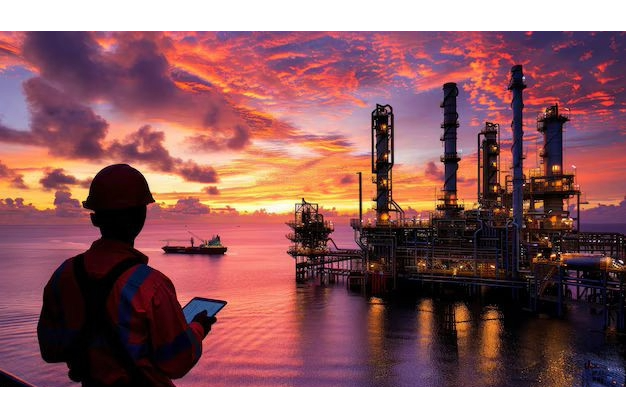

Syria’s oil and gas sector, once a cornerstone of the national economy, has been severely affected by conflict, infrastructure destruction, and international sanctions.
Before 2011, Syria produced 400,000 barrels of crude oil per day (bpd) and 30 million cubic meters of natural gas daily. Today, production has declined to 80,000 bpd, with only 20,000 bpd effectively supplied, and gas output has dropped below 10 million cubic meters/day.
Over 90% of Syria’s oil and gas reserves are under the control of the Syrian Democratic Forces (SDF), complicating efforts to restore operations and attract investment.
Recent developments—including the March 2025 agreement between the Syrian government and the SDF—aim to unify energy operations. The Minister of Oil & Gas, Ghiath Diab, has also invited the return of international companies, signaling a willingness to re-enter global markets.
Syria’s geographic position offers potential to become a regional energy transit hub.
1. Immediate Stabilization (0–6 months):
Assess infrastructure damage
Restore limited production in key fields
Begin diplomatic outreach to ease sanctions
2. Rehabilitation and Capacity Expansion (6–24 months):
Rehabilitate oil wells
Improve logistics and transport systems
Train technical workforce
3. Modernization and Sustainability (24–60 months):
Apply advanced recovery methods
Upgrade refining infrastructure
Establish cross-border pipelines and corridors
Feel free to contact the Frankly team-we'd be glad to share insights and explore how this study/ paper can support your goals